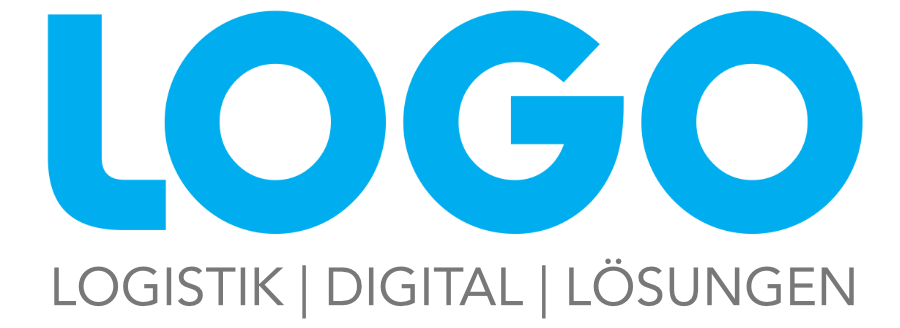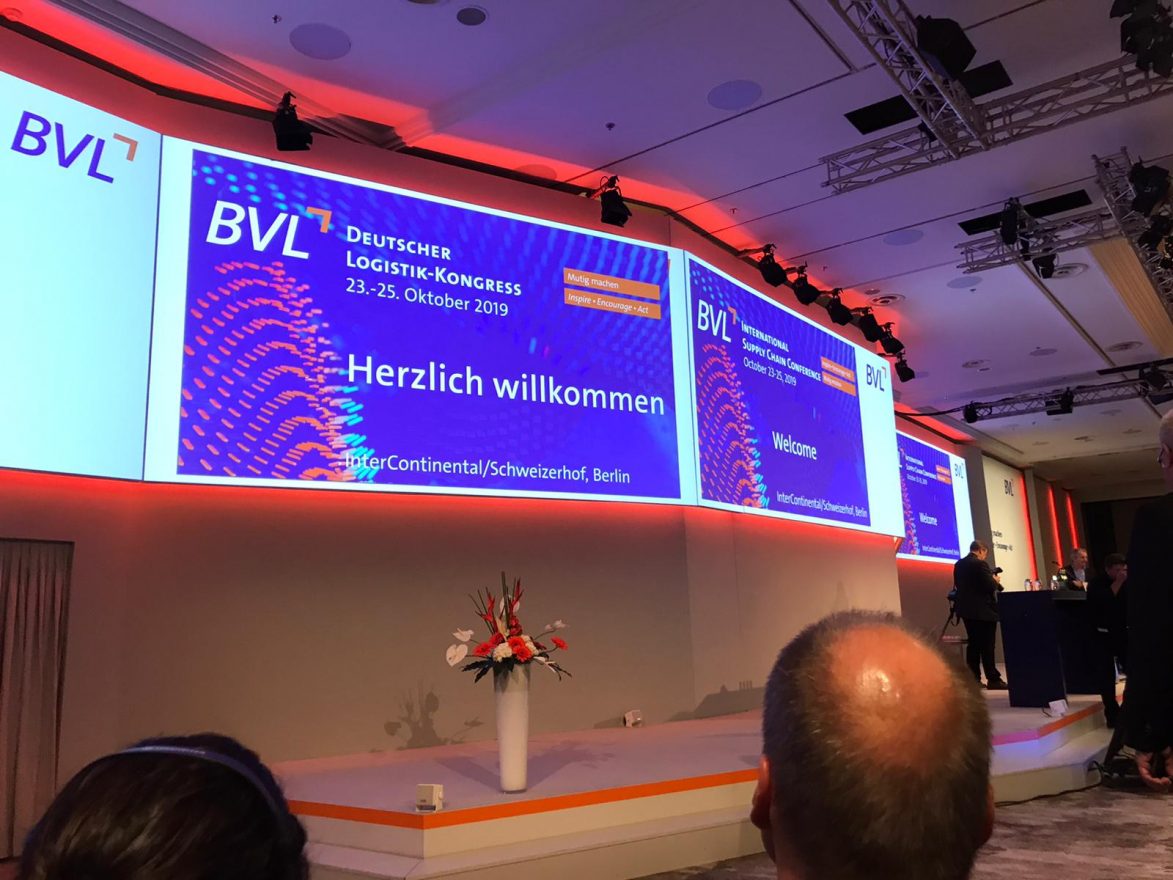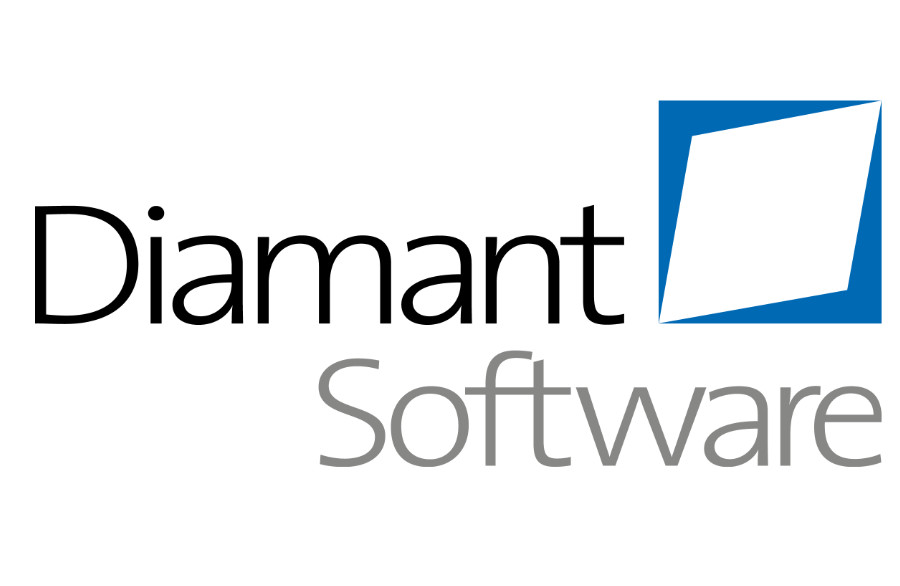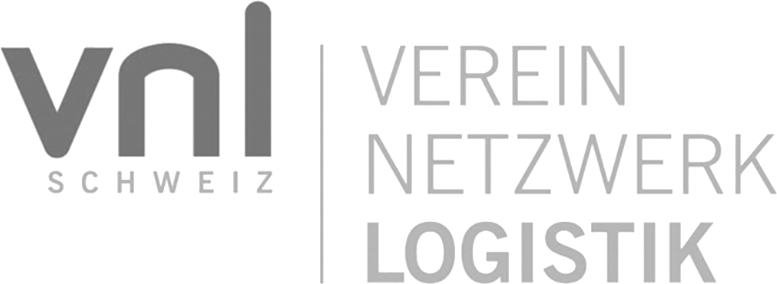As a software provider we, too, focus on our customers’ needs. So how do we create CRM software custom made for logistics?
With CRM software custom made for logistics we acchieve good customer experience
I have already written a lot about customer experience in logistics. Today I would like to share with you how this can look like in logistics software.
A good customer experience can only be achieved by the software manufacturer who understands the needs and pain points of the users. Already in the first discussions it is crucial that the processes in logistics are known and the wording is understood.
Please also read our blog post at BVL:
“If you don’t ask, you stay stupid – How software is created that inspires users”
Consultative Selling: A lot of expertise is needed in the sales process.
The requirements of the logistics industry for software solutions are very special. A few years ago, logistics was on top of digitalisation: Chaotic warehousing or yard management would not have been possible without ideal software solutions.
Often the logistician looked for a software house or a single developer and defined and implemented a solution himself. This is no longer the case today. But the requirements are still very special.
Tools commony used in industry and trade do not always fit the requirements of the logistics company and the service provider must understand this.
Off-the-peg software or individual solution ?
With business software, the buyer always has to decide der goldene Mittelweg
between an ideally suited individual software and a standard solution. Standard is usually cheaper, quicker to implement and no longer has any teething troubles. Individual software requires many resources and the definition of requirements is time-consuming and often not so easy to manage. But for this, the wishes of the company are also taken into account and you can bring in your own ideas.
The golden mean: a hybrid solution
In order to achieve an optimal alignment of our tools to the customer’s requirements, we at LOGO have developed a hybrid model in recent years:
-
- Robust standard software adapted to the industry
- Modularly combinable software packages
- Extensive standard interfaces to other logistics tools
- Partnerships with other logistics software manufacturers and consulting firms
- Input on extended functions, new modules and improved usability by the user community
- Present your own ideas to the community during the planning phase
The result: a plug-and-play logistics CRM
What we have achieved is that we offer our customers an absolutely finished, executable product that is available from one day to the next. Already set up to meet the requirements of logistics and ready for immediate use.
With standard interfaces and a standard data import description, LOGO CRM can be filled with customer and consignment data within a very short time. And you are ready to go.
Simply get started! – with LOGO not only an advertising slogan
Time and time again we inspire customers and interested parties with the fact that within a few days they have exactly THE tool they have always wanted: easy to use, quick to learn and yet incredibly powerful.
Thanks to the modular design, the team at the logistics provider can start with the features that are most urgently needed and gradually activate additional elements for the users. All without the manufacturer’s intervention.
The logistics provider’s CRM team also makes minor adjustments to masks, mandatory fields and selection lists itself.
In most cases, however, it is only a matter of reducing the mass of available fields in such a way that the users quickly recognise what is important.
Once rights for access, creation and deletion of CRM data have been set up, the users can already be trained. In 3 hours they have learned the basic functions.
Professional, custom-fit software, quickly learned – this is how we inspire our customers
LOGO CRM is therefore perfectly suited to the needs of large, medium and small sales teams in logistics companies and can be implemented quickly and cost-effectively.
A go-live can be prepared within 6 weeks, even in a larger sales organisation.
Fast implementation through logistics CRM standard
How does this work in practice? How did we develop this standard and how do we ensure that we always remain up-to-date in the further development?
First and foremost, of course, is listening and understanding. Whether in a training session, an introductory workshop, a sales talk or in strategy discussions with our customers’ management – we try to find out what users and management expect from the tool.
Listen and understand: The key words in business development at LOGO
Here are a few practical examples of how CRM software becomes exactly the way logistics companies need it:
Example 1: Function cannot be used intuitively
->In a user training course we notice that several participants do not understand a function immediately or that certain questions are asked again and again in training courses:
-> First of all we check whether we need to improve our explanations and training concepts.
->If this does not bring success, we look for a more easily understandable user interface or better user guidance.
Example 2: Function is not included in LOGO
->In a requirement profile of a prospective customer a function is named which is not yet included in LOGO CRM.
->We will discuss whether a similar function has been mentioned before and whether our existing customers would be interested in it.
Example 3: Improvement suggestion from the LOGO User Community
->One of our super-users, who does training in his own company, comes to us with a suggestion for improvement from his own user group.
->We evaluate whether the improvement would benefit all our customers and whether it is easy to understand.
->We evaluate the effort for the adaptation and if it is not too high, the improvement will be played out free of charge for all LOGO customers in the next release – after announcement of course.
Example 4: Optimisation potential desired by a customer
->One of our customers wishes a special module or a larger function. But the development costs are too high and cannot be borne by one customer alone.
->We ask our existing customers, for whom this function could also be useful, whether they would like to participate in the development costs. The costs can be divided among several customers.
Example 4: Further interfaces / data integration desired
->Data from other databases should be integrated into the CRM database.
->If several customers use the same systems, a standard interface can be worked out with the other software producer.
->For the customers the connection can then be implemented very quickly and inexpensively.
User-driven software development brings the results that users desire: CRM software custom made for logistics
LOGO CRM is CRM created to meet the needs of logistics companies.
The mixture of experienced logistics process consultants, a solid logistics CRM standard that has been tried and tested for decades and a lively LOGO user community results in software that inspires.
The customer experience not only includes the experience that LOGO CRM helps you to organise yourself better in everyday life and provides optimal transparency, but also that it can be really fun to use a CRM tool.
And this is how many LOGO users become fans who are happy to recommend us to others.
Do you also want to be inspired? Then book your non-binding free CRM-Check right here and find out how your company can also benefit from LOGO CRM.












